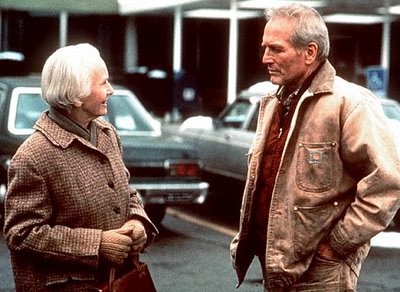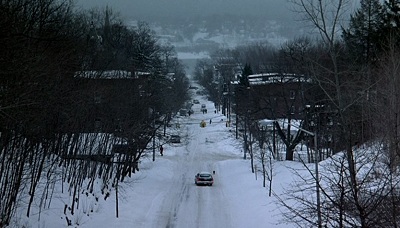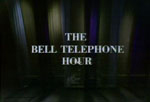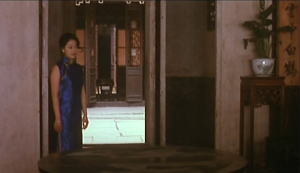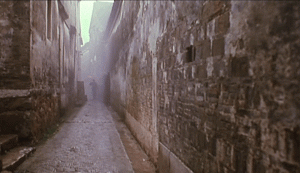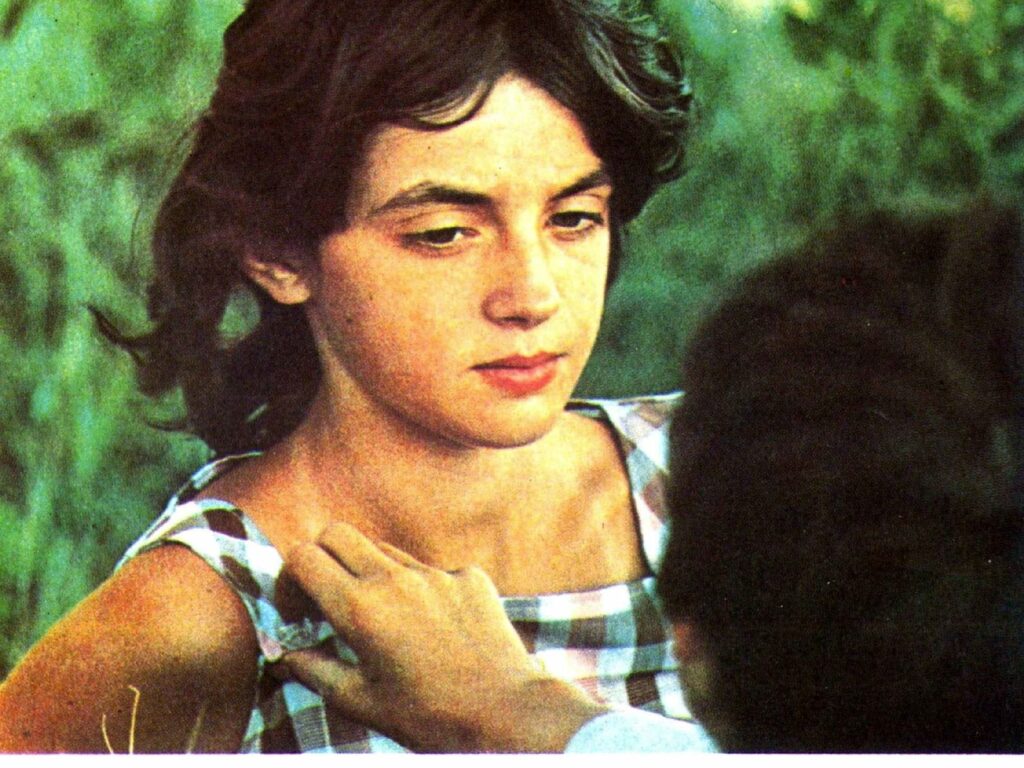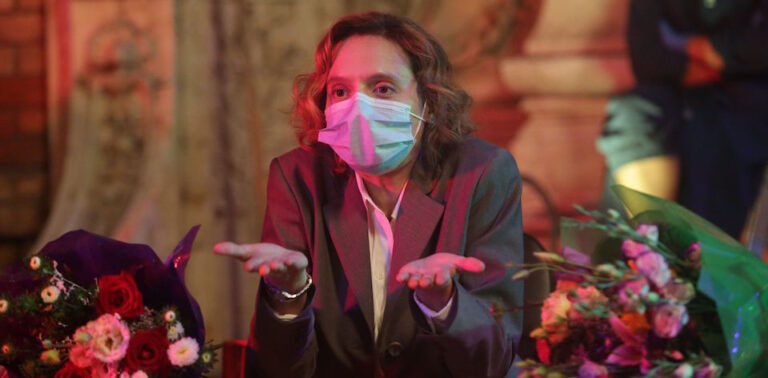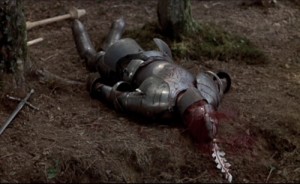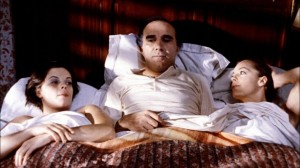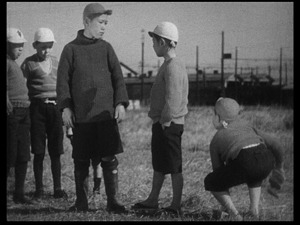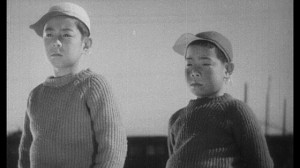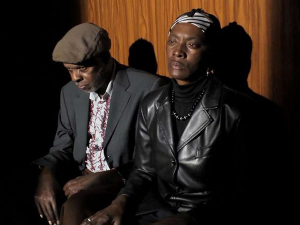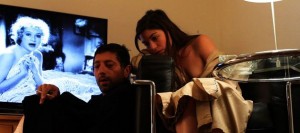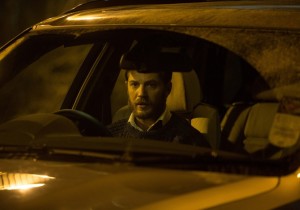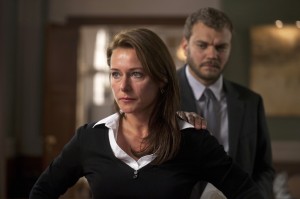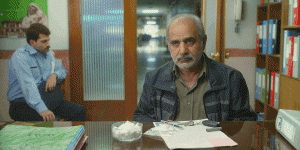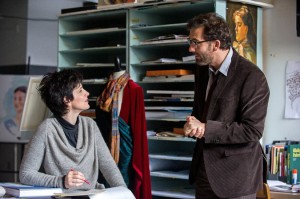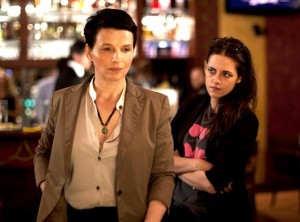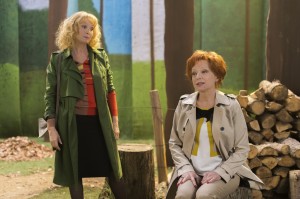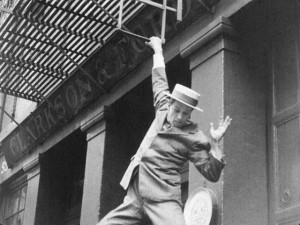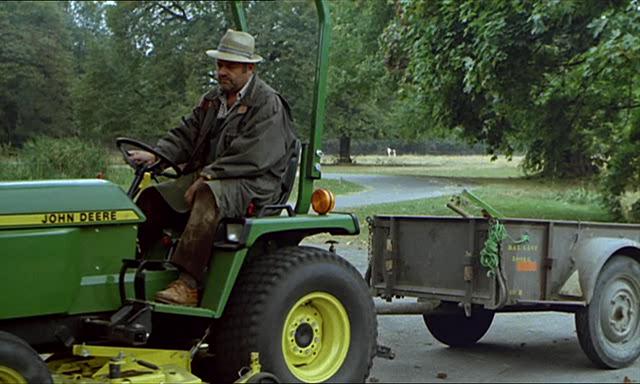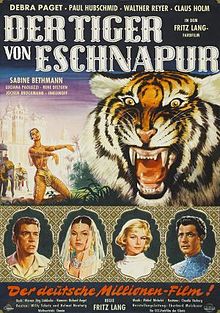From the Chicago Reader (January 20, 1995). — J.R.
NOBODY’S FOOL
Rating *** A must see
Directed and written by Robert Benton
With Paul Newman, Jessica Tandy,
Bruce Willis, Melanie Griffith,
Dylan Walsh, Pruitt Taylor Vince,
Gene Saks, Josef Sommer,
and Philip Seymour Hoffman.
Since most Hollywood movies of the 90s offer unabashed fantasies, the hero’s success has become something of a given. Regardless of the odds against him (seldom her), one feels sure that he’ll emerge unscathed — triumphant over his enemies, often rolling in wealth, and with the lady of his choice at his side. Of course people often go to movies in order to bask in a universe of wish fulfillment, and most of our contemporary films are roughly akin to the fantasies of opulence and goodwill offered to Depression audiences 60-odd years ago (though it’s hard to think of many recent parallels, apart from a few TV docudramas, to Warner Brothers’ gritty, socially conscious melodramas of that period).
So when a Hollywood movie about failure comes along, it has the unexpected ring of authenticity: for all its sentimental safety nets, Nobody’s Fool looks and feels a good deal like much of U.S. life as it’s currently being lived: virtually everyone qualifies as an ornery fuck-up, complains incessantly about his or her lot, and sees no practical way out of life’s morass of everyday complications. Read more

